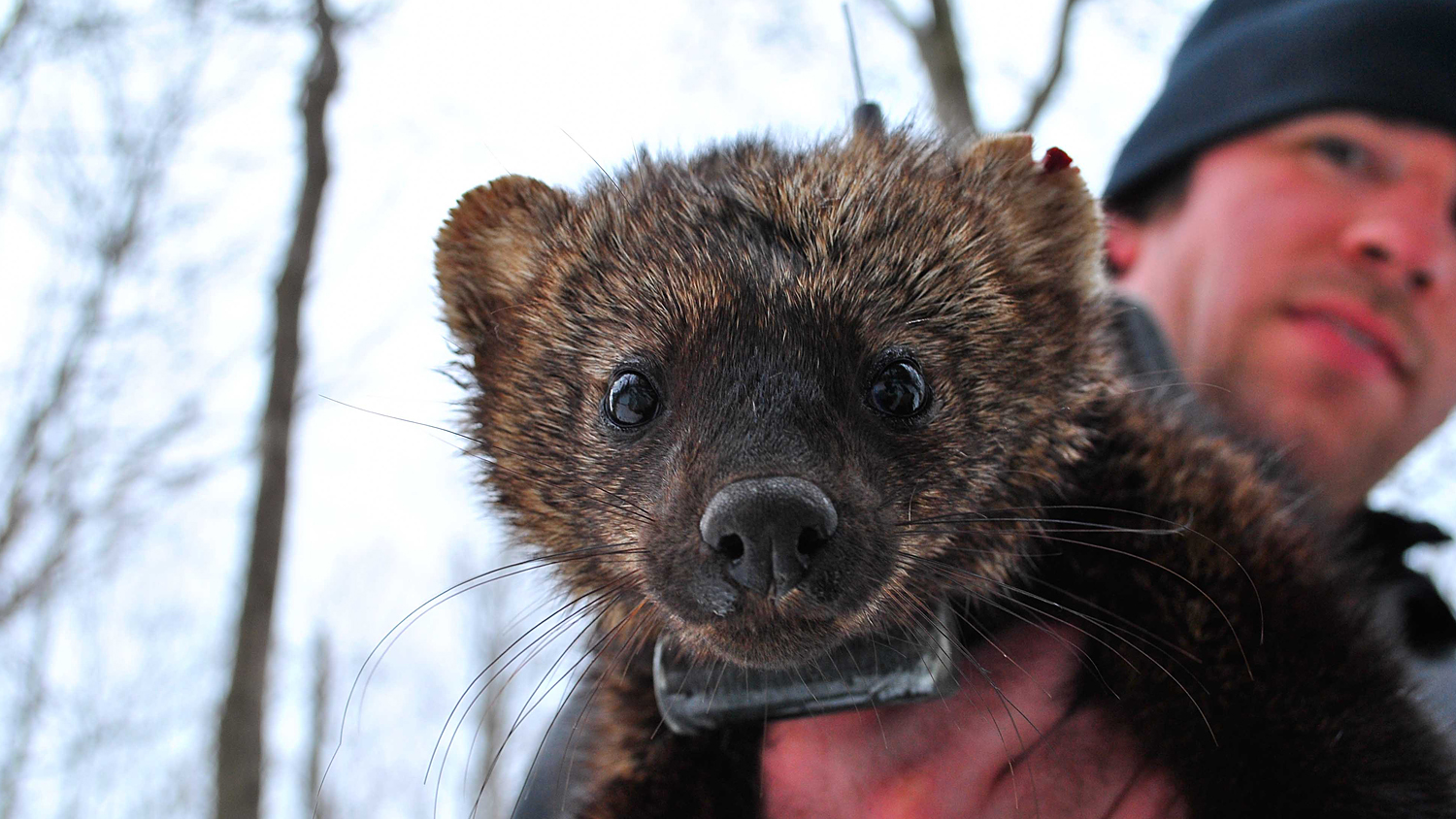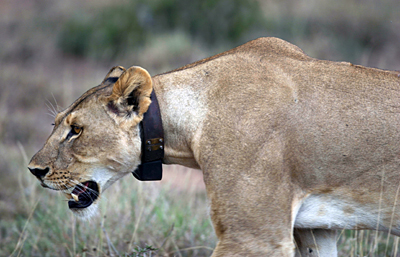How Humans Affect Mammal Movement

Mammal expert Roland Kays tracks the movement of animals around the world, from weasel-like fishers in Albany, New York, to maneless lions in Tsavo, Kenya. Now GPS data from those studies – along with research on 55 other species – are giving researchers a global look at how human activity affects mammal movement.
The short answer: A lot. Over a 10-day period, mammals move one-half to one-third less in locations with a heavier “human footprint” than in those living in landscapes with less human activity, according to a new study published in Science.
“It’s a pretty surprising result that the most important environmental factor determining how far mammals go is the human footprint,” says Kays, a zoologist with North Carolina State University and the N.C. Museum of Natural Sciences.
“This is a good example of a new era of animal-tracking research. Now we’re able to ask questions that no single researcher could have asked before because we’re bringing in data from multiple species around the world and factoring in information about the areas where mammals live.”

Kays has a long-term interest in animal-tracking technologies such as telemetry, GPS and remote camera traps. He’s co-principal investigator of Movebank, an online repository for animal tracking information that provided data for the journal article.
Human-caused changes in the landscape could affect mammals in several important ways. If food is more abundant because of human activity, mammals may not have to travel as far, Kays says. Restricted movement could also result from habitat fragmentation as humans settle, farm and develop land.
“We’re living in the Anthropocene — a time when humans have a major influence on ecosystems,” Kays says. “To understand how mammals are dealing with humans on the planet, it’s important to understand the mechanisms of their behavior.”
As mammals move about to find food, shelter and mates, they carry out important functions in the ecosystem. They carry seeds and nutrients to new locations and come into contact with other species, with both positive and negative consequences.
“For example, if mammals move less and transport fewer seeds, that’s worse for plants and maintaining plant diversity. We need mammals to move seeds,” Kays says. “However, if mammals move less, it could also inhibit the spread of diseases like rabies, which could have a positive effect for other animals, including humans.”
Kays says aside from their furry appeal, mammals are important to study for several reasons. Moving into developed areas sets up conflicts with people as mammals raid garbage cans or hunt pets or livestock. And with many species listed as endangered, researchers are tracking whether mammals are able to adapt and survive in the changing conditions of the Anthropocene.
- Categories:


